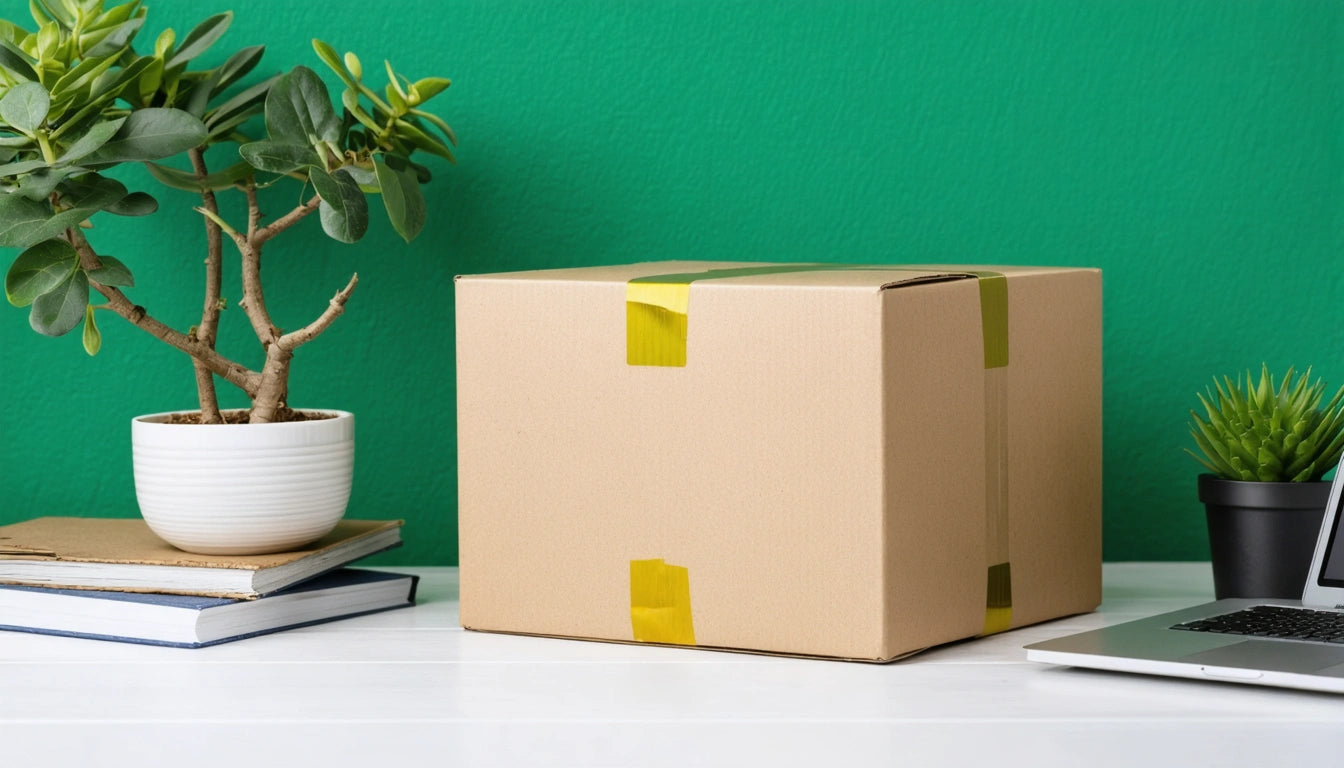Table of Contents
- Understanding Box Dimensions: Length, Width, and Height
- Tools Needed for Accurate Box Measurements
- Step-by-Step Guide to Measuring a Box
- Box Size Comparison: Standard vs. Custom Options
- Calculating Dimensional Weight for Shipping
- Common Measurement Mistakes to Avoid
- Shipping Cost Optimization Through Proper Measurements
How to Accurately Measure a Box for Shipping: A Complete Guide
Accurate box measurements are crucial for determining shipping costs, ensuring proper packaging, and preventing unexpected surcharges. Whether you're shipping products to customers or sending personal items, knowing how to measure a box correctly saves time and money while ensuring your items arrive safely.
Understanding Box Dimensions: Length, Width, and Height
Before measuring a box for shipping, it's important to understand how dimensions are typically expressed in the shipping industry. According to standard measurement practices, dimensions are usually written in the order of length × width × height (L × W × H).
Here's what each dimension represents:
- Length: The longest side of the box when looking at the opening/flaps
- Width: The shorter side when looking at the opening/flaps
- Height: The measurement from the bottom to the top of the box (perpendicular to length and width)
Consistency in how you measure boxes helps avoid confusion, especially when communicating with shipping carriers or ordering packaging supplies.
Tools Needed for Accurate Box Measurements
To measure a box accurately, you'll need:
- A tape measure or ruler (preferably one that measures in both inches and centimeters)
- A flat surface to place the box on
- A scale for weighing the package
- A calculator for dimensional weight calculations
- A notepad to record measurements
Digital calipers can also be helpful for precise measurements of smaller packages. For businesses that ship regularly, investing in quality measuring tools saves time and reduces errors.
Step-by-Step Guide to Measuring a Box
1. Prepare the Box
Assemble the box if it's not already put together. Make sure the bottom flaps are properly sealed. If you're measuring a box that will contain items, it's best to measure after packing to account for any bulging.
2. Measure the Length
Identify the longest side of the box when looking at the opening or flaps. Using your measuring tape, measure from one edge to the opposite edge. Record this measurement as the length.
3. Measure the Width
Measure the shorter side of the box when looking at the opening. This runs perpendicular to the length. Record this as the width.
4. Measure the Height
Measure from the bottom of the box to the top (where the flaps begin). This measurement should be taken perpendicular to both the length and width. Record this as the height.
For a comprehensive understanding of measuring and writing dimensions correctly, refer to this detailed guide on measurements in inches and centimeters.
Box Size Comparison: Standard vs. Custom Options
When shipping products, you'll typically choose between standard and custom box sizes. Understanding box size comparison helps in selecting the most cost-effective option.
Standard Box Sizes
Carriers and packaging suppliers offer standard box sizes that are optimized for their handling systems. Common standard sizes include:
- Small: 8" × 6" × 4"
- Medium: 12" × 10" × 8"
- Large: 16" × 12" × 12"
- Extra Large: 18" × 18" × 16"
Using standard sizes often results in lower shipping costs and easier handling.
Custom Box Options
For items with unique dimensions, custom boxes might be necessary. When considering custom options, remember that custom subscription shipping boxes can be tailored to your exact specifications, potentially reducing dimensional weight charges.
Just as we offer specialized packaging components for various container types, custom box solutions can be designed to perfectly fit your products while maintaining compliance and protection.
Calculating Dimensional Weight for Shipping
Carriers typically charge based on either actual weight or dimensional (volumetric) weight, whichever is greater. Here's how to calculate dimensional weight:
- Multiply the package's length × width × height (in inches)
- Divide this number by the carrier's dimensional factor (typically 139 for domestic shipments and 166 for international)
- Round up to the nearest pound
For example, a box measuring 12" × 10" × 8" has a volume of 960 cubic inches. Using a dimensional factor of 139 gives a dimensional weight of 6.9 pounds, which rounds up to 7 pounds.
Understanding how to read and interpret product dimensions is essential for accurate shipping calculations.
Common Measurement Mistakes to Avoid
When measuring boxes for shipping, avoid these common errors:
- Measuring internal dimensions instead of external: Carriers charge based on outer dimensions
- Ignoring bulges or protrusions: Any part of the package that extends beyond the main box must be included
- Mixing up length, width, and height: Consistent orientation is key
- Rounding down measurements: Always round up to the nearest inch or half-inch, depending on carrier requirements
- Forgetting to consider packaging materials: Bubble wrap, foam, and other materials add to dimensions
Precision in measurements helps avoid surcharges and ensures your shipping costs are predictable.
Shipping Cost Optimization Through Proper Measurements
Accurate box measurements directly impact shipping costs. Here are strategies to optimize your approach:
- Right-size your packaging: Choose the smallest box that safely accommodates your items
- Consider flat-rate options: For heavy items, flat-rate shipping may be more economical
- Compare carrier dimensional factors: Different carriers use different divisors for calculating dimensional weight
- Consolidate shipments: When possible, combine multiple items into one appropriately sized box
- Invest in a dimensional weight calculator: Many shipping platforms offer tools to estimate costs based on measurements
For businesses shipping regularly, understanding all available shipping box options and their costs can lead to significant savings over time.
By mastering how to measure a box for shipping correctly, you'll ensure accurate quotes, avoid unexpected fees, and optimize your packaging strategy for both protection and cost-efficiency.











Leave a comment
All comments are moderated before being published.
This site is protected by hCaptcha and the hCaptcha Privacy Policy and Terms of Service apply.